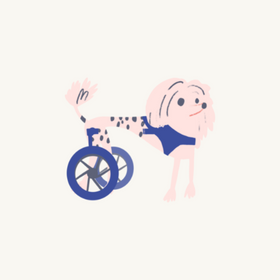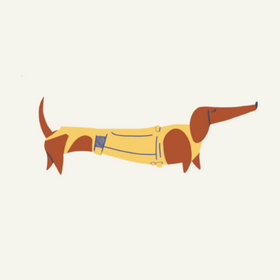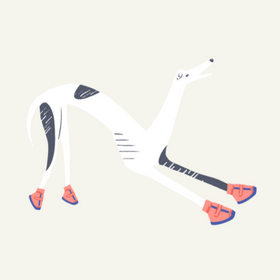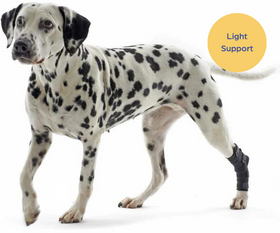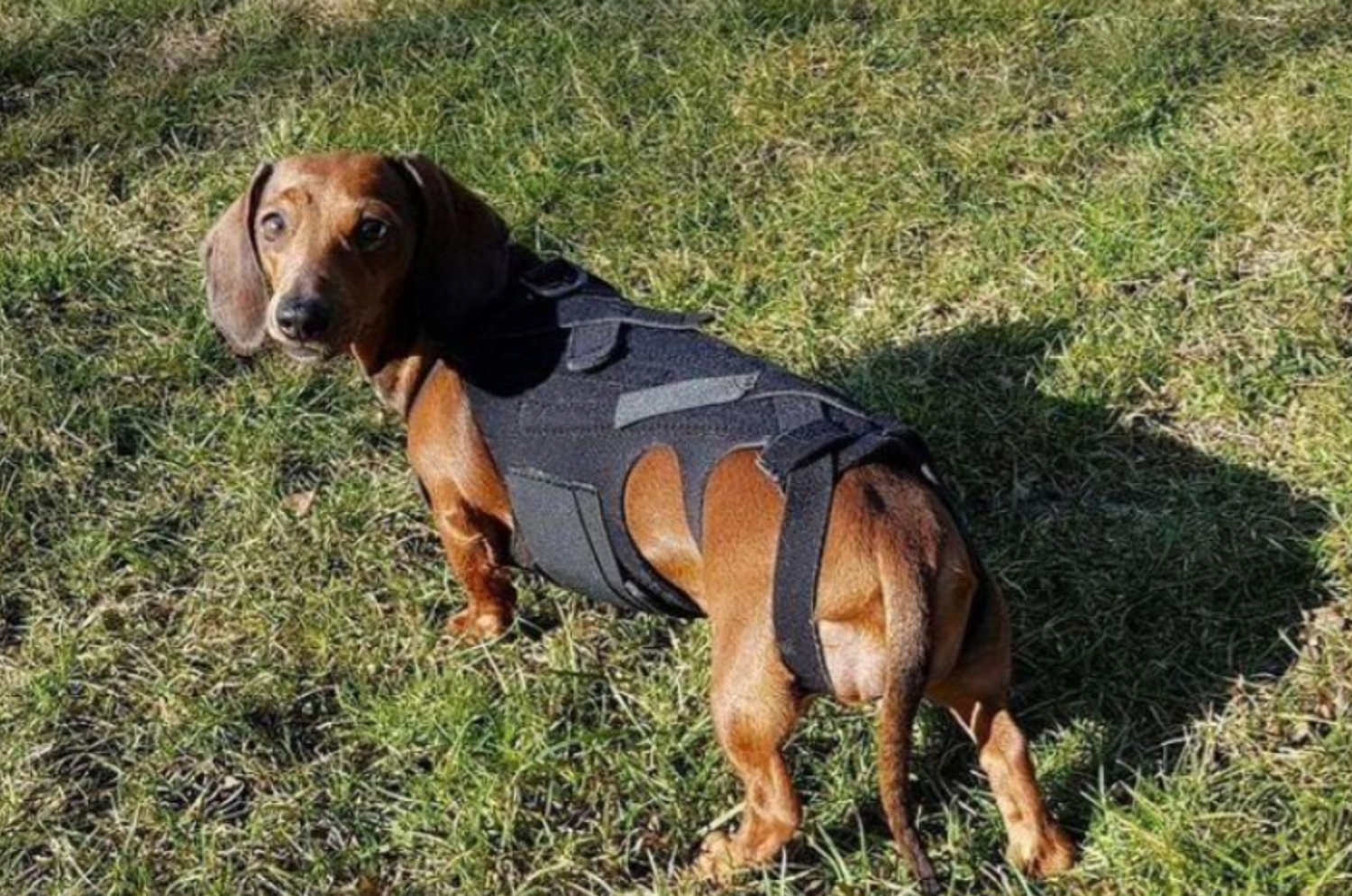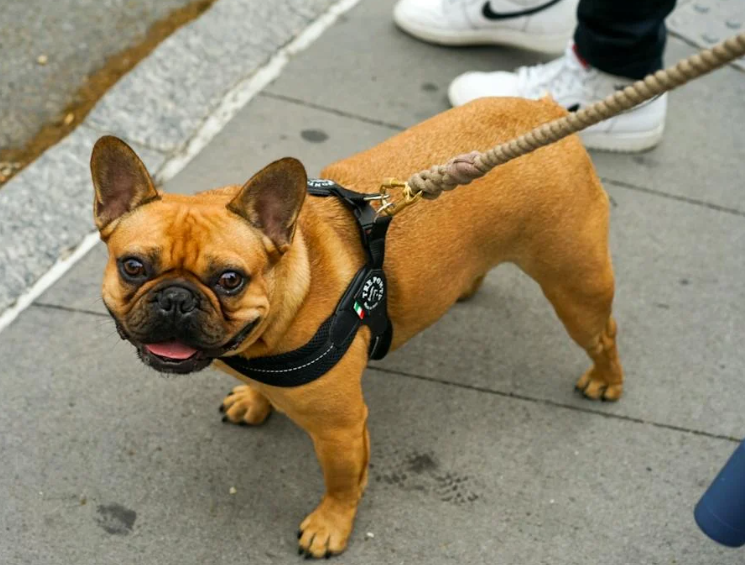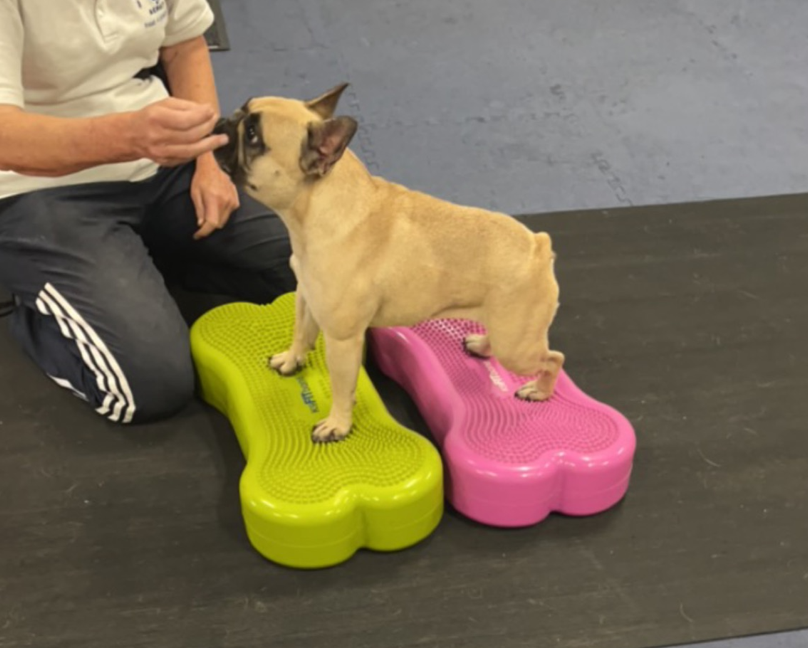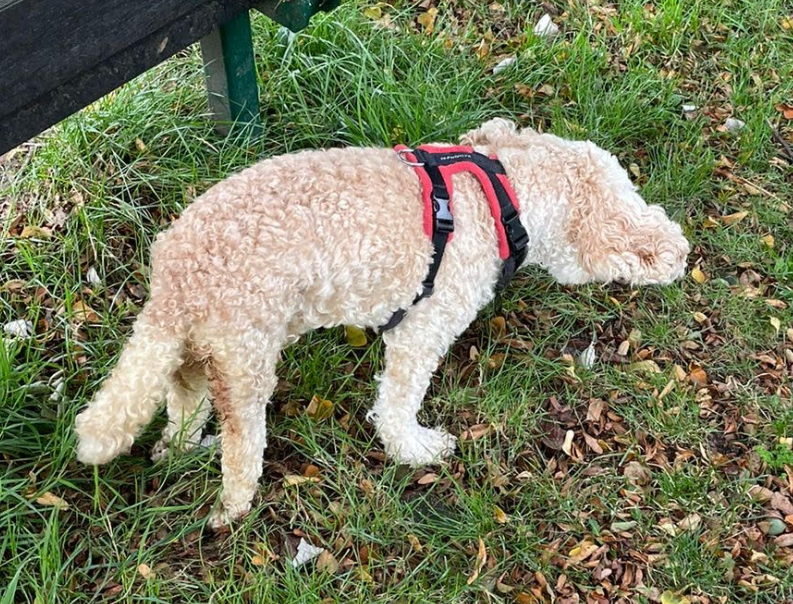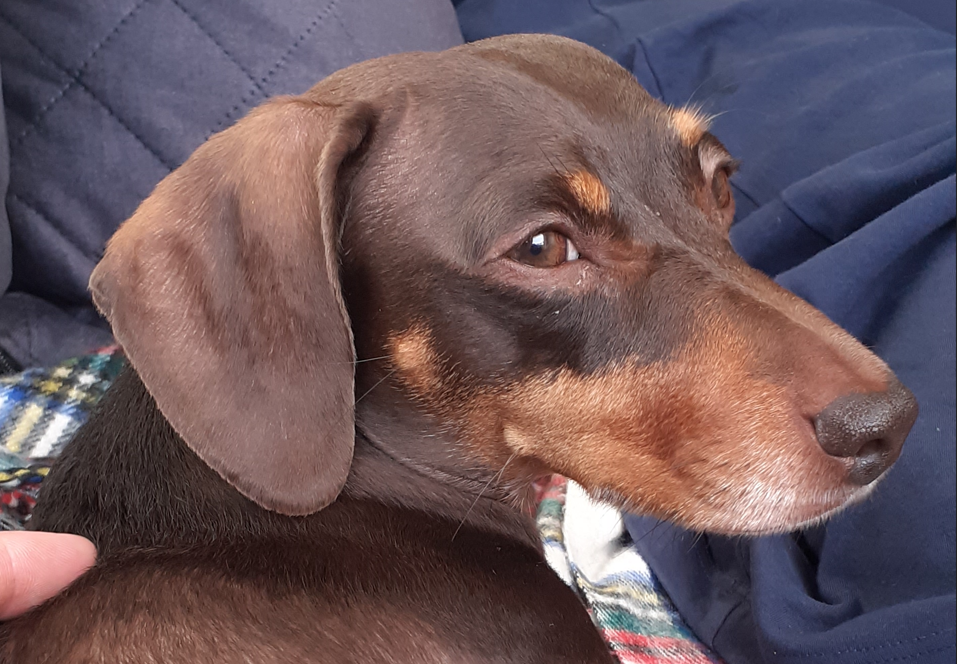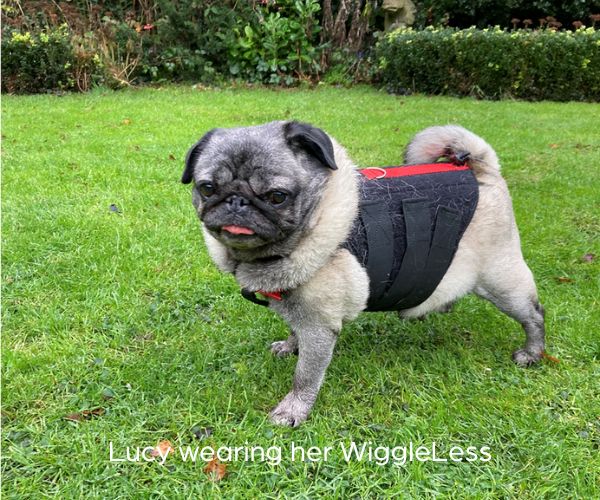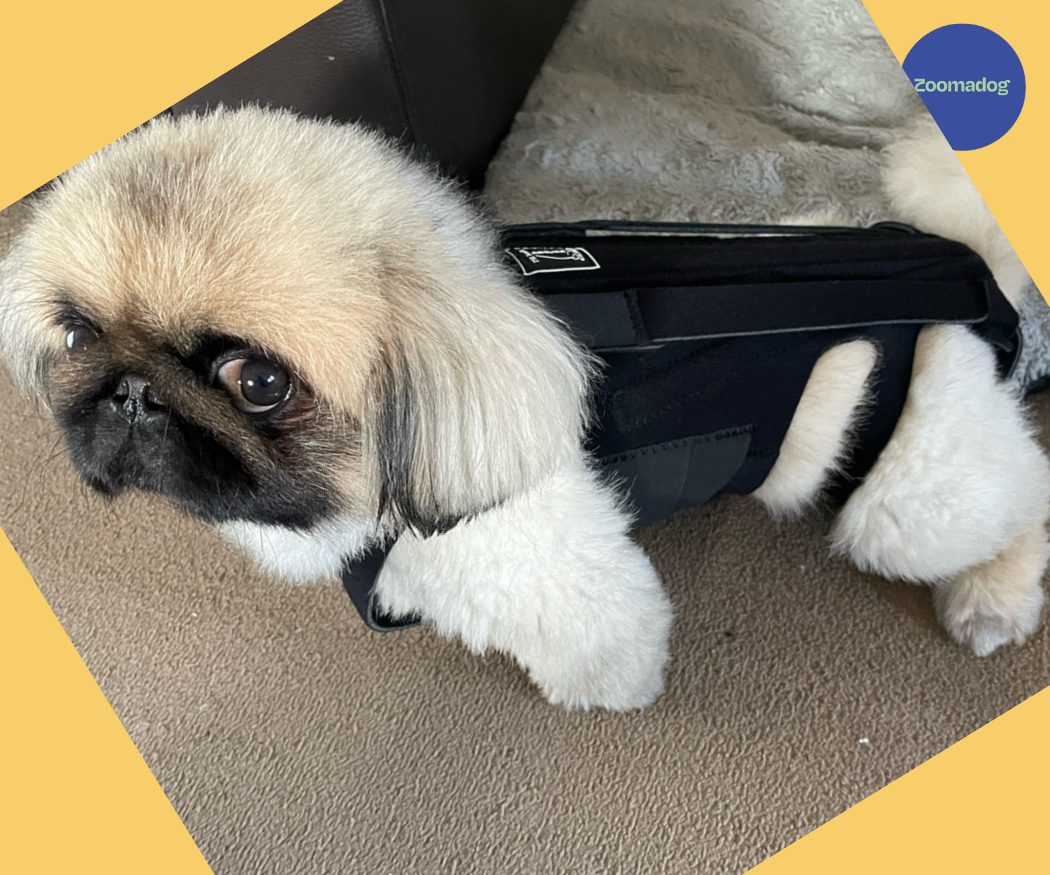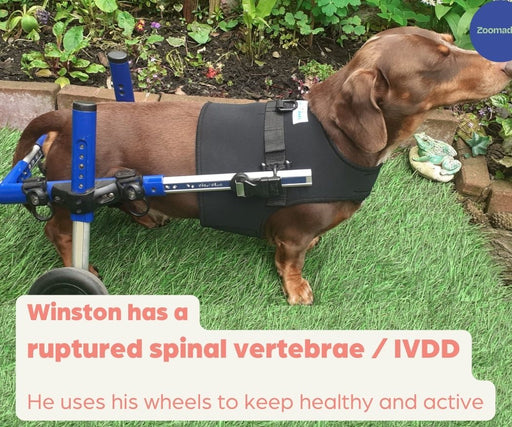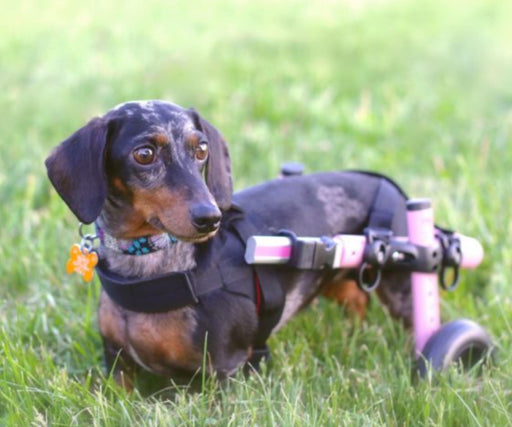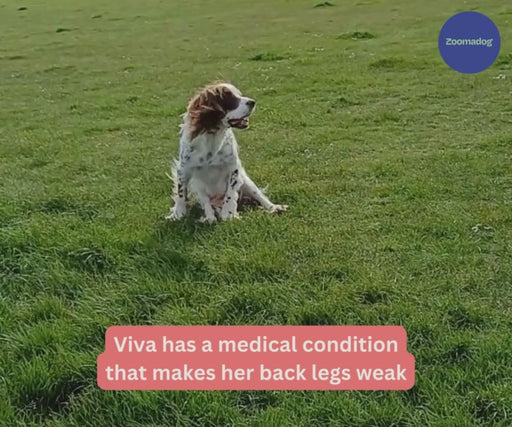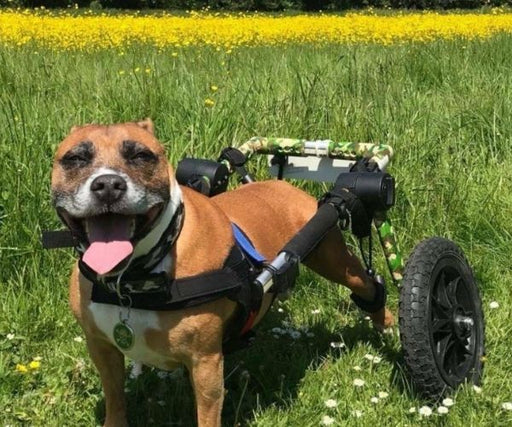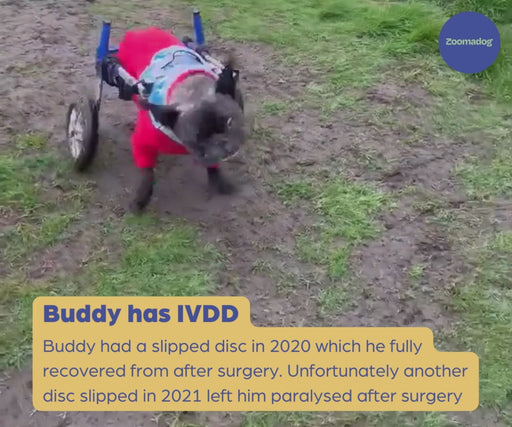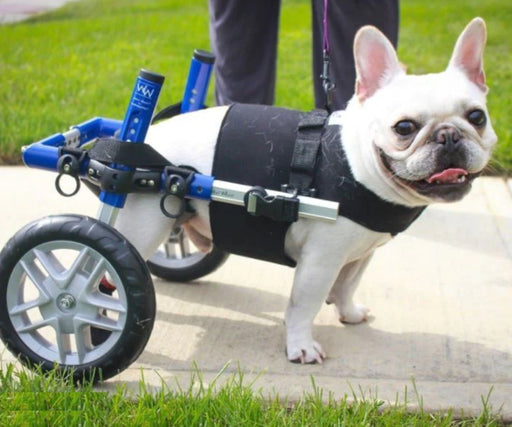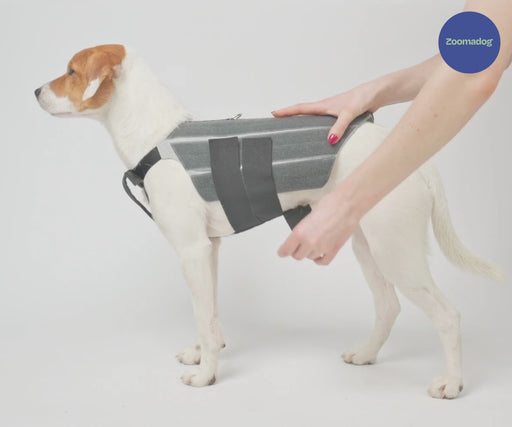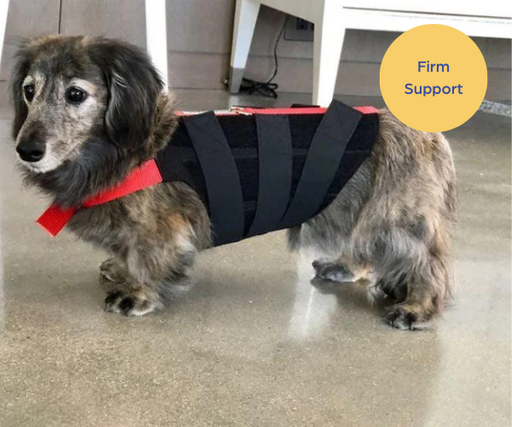What are the early signs of IVDD in your dog?
IVDD can occur in any of the discs in your dog’s spine. Symptoms of this condition will depend upon which part of the spine is affected and how severe the damage is.
Statistics indicate that 65% of IVDD issues are associated with the thoracolumbar region of the spine (back) and about 18% are in the neck alone. The remainder are affected in a combination of both regions.
IVDD in the back can cause paralysis without pain, whereas, with IVDD in the neck, there’s usually severe pain without paralysis.
There are two main types of IVDD in dogs: Hansen Type 1 and Hansen Type 2 (see ‘What Causes IVDD’ below for more information)
IVDD symptoms may also appear suddenly (more typical of Type I) or come on gradually (more typical in Type II).

